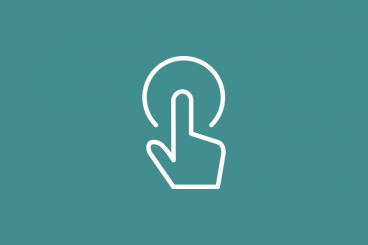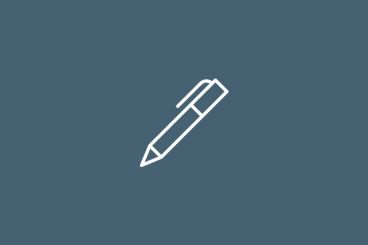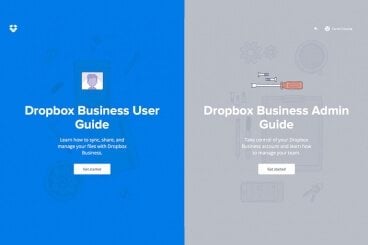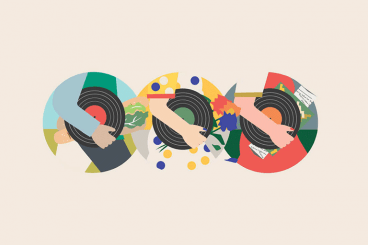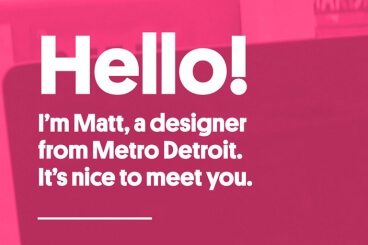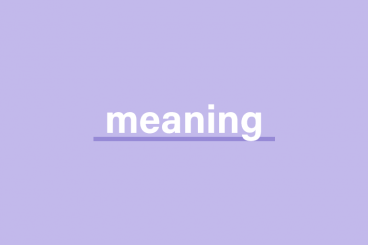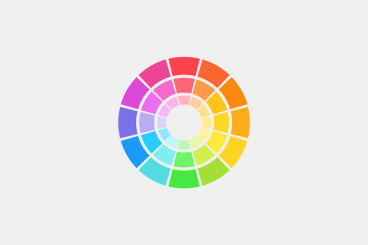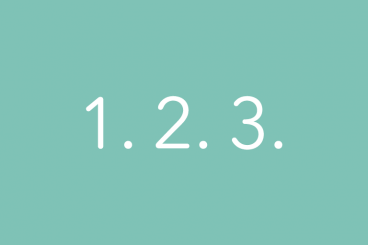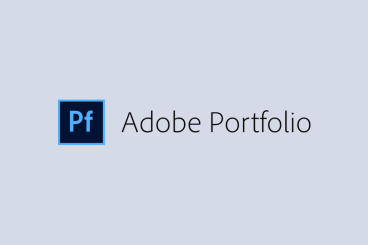
Reviews / 8 Jun 2016
Showcase Your Work With Adobe Portfolio
Is updating your portfolio a chore? Is it one of those tasks you can never find time to do? Adobe Portfolio might just be the answer.
Adobe’s new portfolio tool – yes, the same Adobe behind industry standard graphic design and editing software – is easy to use and can help you get your work online in short order. Today we’re taking a look at how it works, why it’s a solid contender in this space, and how it can help you build a professional online portfolio.
